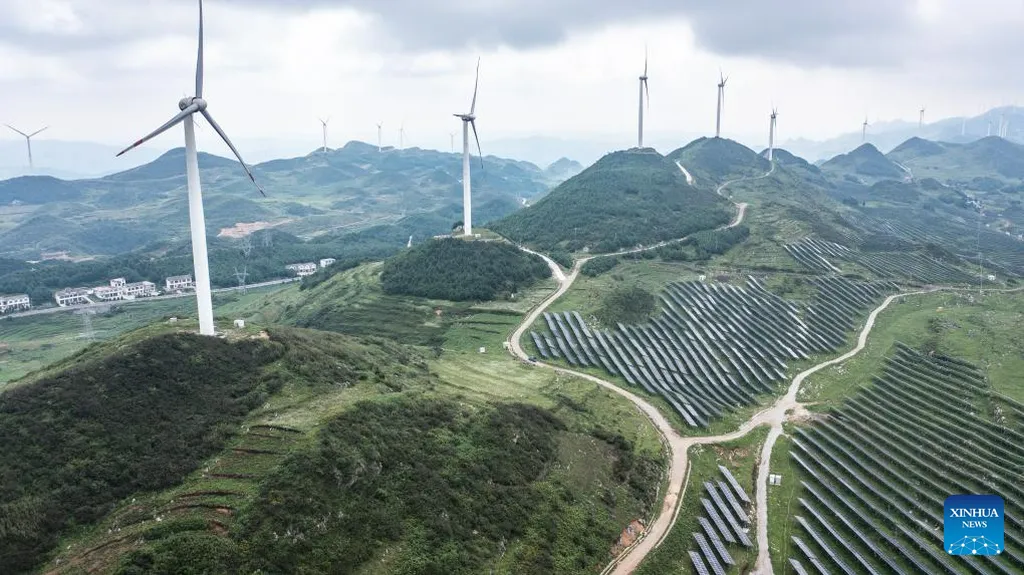In the rugged terrain of Guizhou’s mountainous regions, a groundbreaking study is reshaping our understanding of foundation improvement techniques, with significant implications for the energy sector. Shaolong Li, a researcher from Guizhou Road and Bridge Group Co. Ltd., has led a field experimental study that delves into the dynamic response of soft soil foundations during dynamic compaction replacement (DR) construction. The findings, published in the journal ‘Advances in Civil Engineering’ (which translates to ‘土木工程进展’), offer valuable insights that could enhance construction efficiency and safety, particularly in energy infrastructure projects.
The study, conducted on a highway project, focused on the evolution of excess pore water pressure and ground acceleration response during the DR process. The results revealed that excess pore water pressure dissipates rapidly, enabling continuous construction. “This rapid dissipation is crucial for maintaining construction momentum and ensuring the integrity of the foundation,” Li explained.
The research also uncovered intriguing patterns in ground acceleration. Within the first second of compaction, the time-history curves exhibited 4–6 peaks before rapidly decaying to zero. The peak ground acceleration was found to decrease as a negative power function with increasing distance from the compaction point center. Notably, higher compaction energy levels and more impacts led to increased peak ground acceleration.
The study highlighted the directional nature of ground acceleration, with vertical acceleration surpassing radial and tangential directions. As the distance from the compaction point center increased, vertical and radial accelerations attenuated faster than tangential ones. A significant finding was that all three directions dropped below 0.6 m/s² at 15 meters away from the compaction point center, suggesting that the main influence zone of the DR method is approximately 15 meters.
The first dominant frequency of ground acceleration ranged from 1.5 to 4.0 Hz, indicating that compaction energy primarily propagates and dissipates as low-frequency waves within the foundation. Interestingly, the dominant frequency was minimally influenced by the distance to the compaction point center and the number of impacts.
These findings have profound implications for the energy sector, particularly in the construction of large-scale infrastructure projects such as power plants, wind farms, and pipelines. Understanding the dynamic response of soft soil foundations can lead to more efficient and safer construction practices, reducing downtime and potential risks.
Li’s research also opens doors for future developments in foundation improvement techniques. By optimizing compaction energy levels and impact numbers, engineers can enhance construction efficiency and ensure the stability of energy infrastructure. The study’s insights into the directional nature of ground acceleration and the influence zone of the DR method can guide the design and implementation of foundation improvement strategies.
As the energy sector continues to expand into challenging terrains, the need for robust and efficient construction techniques becomes paramount. Li’s study provides a solid foundation for future advancements, ensuring that energy infrastructure projects are built on solid ground, both literally and metaphorically. The publication in ‘Advances in Civil Engineering’ further underscores the significance of this research, making it a valuable resource for professionals in the field.

